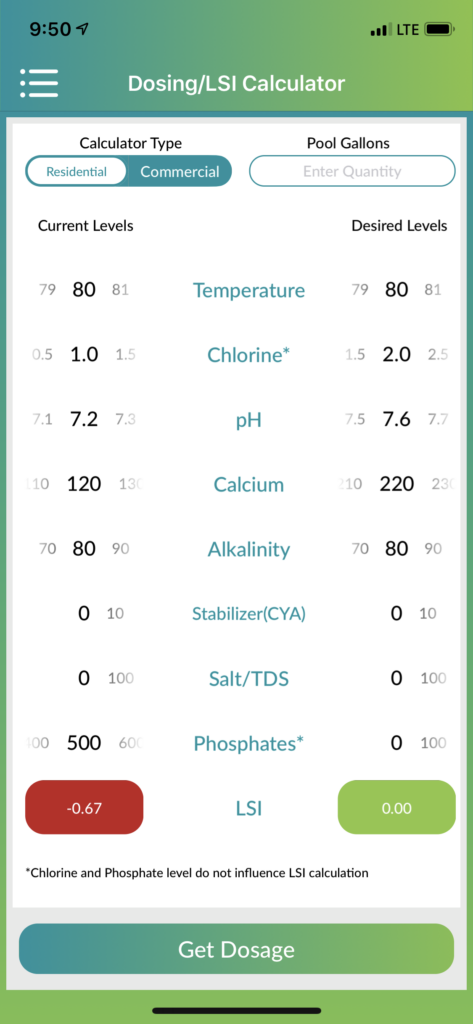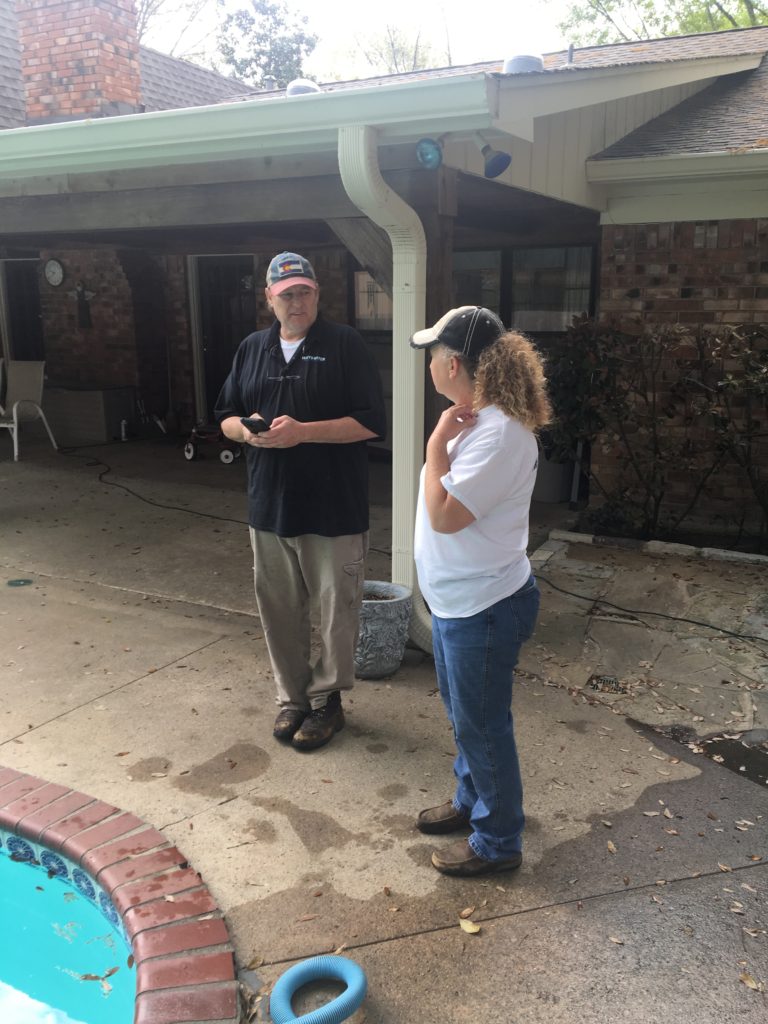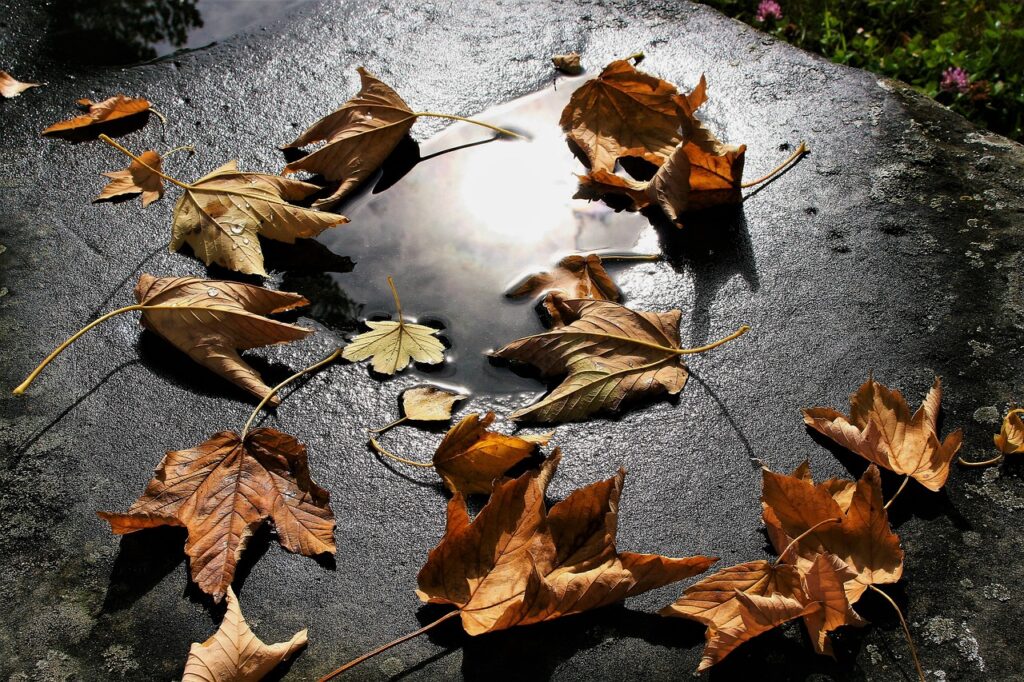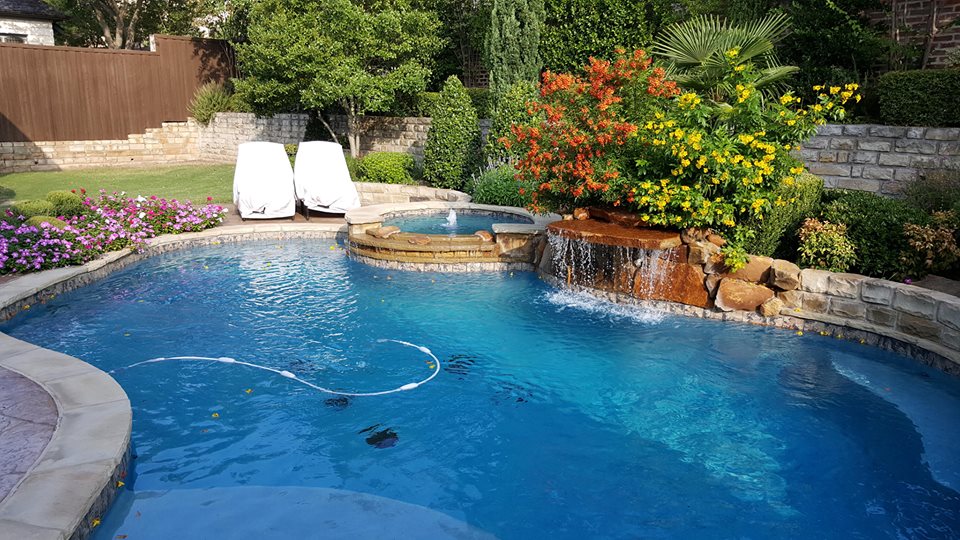Winter is Coming! No we don’t meant the Game of Thrones coming battles that looms on the horizon. Instead we mean that temperatures are going to drop and your pool chemistry is going to do some funky things. The hardest part about water chemistry is that it changes throughout the year! We are working with real elements that change composition and behavior due to outside factors, such as temperature. What this means for you is that you need to adjust your pool care treatment to adjust for colder temperatures.
If you’ve followed Matt’s Water Pool Service for some time, you’ve likely seen our article on the Langelier Saturation Index. In that article we speak about the critical topic of “water balance” and how varying factors can impact the chemical requirements of your swimming pool. For sake of time, we are going to build off of that conversation and assume you’ve read up on all that the Langelier Saturation Index has to offer.
But first a quick recap…
Based on our understanding of the LSI Index – water is known as “The Universal Solvent.” It will find a state of balance no matter what environment it is in. The troubling factor is that water interacts with its environment (a.k.a. your pool surface). It will take or deposit elements it needs in order to maintain it’s state of balance. What does this mean for your pool plaster and pool equipment? It means that you need to be conscious of water’s changing behavior from fluctuations in temperature.

Water Becomes Aggressive at Cold Temperatures
The LSI is impacted by several key factors: Temperature, pH, Alkalinity, Calcium & Total Dissolved Solids (TDS – or salt). All of these factors play a critical role in the LSI Index (a.k.a. your water balance). Luckily, all but one of these factors can easily be controlled by Chemical alterations, which you can purchase directly from Matt’s Water eShop! All of these factors can be altered – except for Temperature.
Temperature is an interesting element because it impacts your water and causes your water balance to require constant alternations. It’s the only factor that can’t be controlled by another element – meaning it’s the most powerful and one that you shouldn’t neglect.
According to the LSI Index, the colder the water – the more corrosive it becomes. Left unchecked water can become highly aggressive and begin to remove elements from your pool surface to maintain it’s state of balance. As you may already know, the only element present in pool plaster that water is able to remove is: Calcium. Calcium is a natural mineral present in nearly everything. It’s able to be dissolved by water and absorbed (hence removed) from a surface to satisfy corrosive water conditions.
This wretched interaction can continue to take place all winter long and wreak havoc on your pool plaster and pool equipment. It will continue until the LSI reaches a state of balance and your water is satisfied.
Often times it’s not until the Spring that home owners turn on their pool heater (while going for a swim) only to realize that their heater won’t fire. They also notice that their pool plaster is rougher. Ironically as temperatures begin to heat up, they notice “scale” beginning to form on their pool surface.
Rather than allow this to happen to our clients, we believe it’s time to provide some insight and education to prevent this natural disaster from occurring in your backyard!

Prevent Corrosive Water Conditions – Use The LSI Index!
The first step in treating your swimming pool and preparing for winter always involves testing your current water chemistry. Before any alterations can effectively be determined, we first have to have a starting point to gauge what changes need to be made to your water chemistry.
Luckily Matt’s Water Pool Services offers water testing for our clients and we can even provide you with a consultation in your backyard! There’s nothing better than evaluating your swimming pool in person and obtaining advice from professionals who care for swimming pools all year long!
Once we’ve obtained a water test for your swimming pool we can accurately gauge what changes need to be made to your water chemistry.
Because water temperature does not change over night, our changes throughout the Fall will be subtle and accurate. We take weekly steps to maintain our water balance throughout the constant rises and dips in temperature. This ensures that we don’t go too far to one side or another of the LSI Index and cause scaling or etching on your pool surface.

What Chemical Changes Can We Make?
So what are they key chemicals that we use to balance our LSI and prevent natural disasters in our swimming pools?
Changes in PH – Control Small Fluctuations in LSI
Again, we always start with the LSI Index. If the changes that we need to make are minor and require little adjustment, a small rise in our pH can shield your water against a small drop in temperature. Of course you need to make sure you don’t surpass a healthy pH
Ideally you want your pH to be between 7.2 – 7.6
Changes in Alkalinity – Keep Your pH in Line
Additionally, if our pH shows too move much and doesn’t seem to maintain a consistent number from week to week – we then look at Alkalinity. Alkalinity acts as a buffer to protect our pH from constant fluctuations. Raising the Alkalinity can also act as a buffer against decreases in the LSI due to cooler water conditions.
Ideally you want your Alkalinity to be between 80 – 120 ppm
Changes in Calcium – Control Large Changes in LSI
Lastly, raising our Calcium content in our water can shield greatly against changes in water temperature. The ironic aspect of calcium alterations is that we are adding the mineral that water craves directly into our swimming pool. Because cooler temperatures suck calcium out of our plaster – we can attack the problem head on by adding calcium directly to our water!
What’s the flip side of calcium alternations? Once added to the water, calcium cannot be easily removed (aside from draining your swimming pool).
Ideally you want your Calcium to range between 200-400 ppm (but this number must be determined by the LSI)

So What’s The Solution?
With so much variation in the behavior of water from temperature changes, what is the lasting solution to protect your pool surface and equipment? The short answer – there is no easy answer. Each swimming pool is a different eco-system with varying degrees of minerals, metals, phosphates, calcium and TDS. These differing minerals and fluctuations temperatures require our teams to test each and every swimming pool that we interact with.
The solution, therefore, is that we recommend professional care for your swimming pool! Many clients balk at this topic, but we ask the franc question:
If your swimming pool is the most expensive aspect of your home – why would neglect it and allow the pool surface to be ruined from lack of professional maintenance?
The truth of the matter is – many home owners don’t want to care for their swimming pools. They believe that water chemistry is confusing and difficult. Ironically, your swimming pool is a costly investment and resurfacing your swimming pool can easily cost your around $10K.
With such a high price tag, doesn’t it make more sense to have your pool regularly maintained by a professional service company than risking a ruined surface? We certainly think so and are here to help any client that calls on us for assistance!


